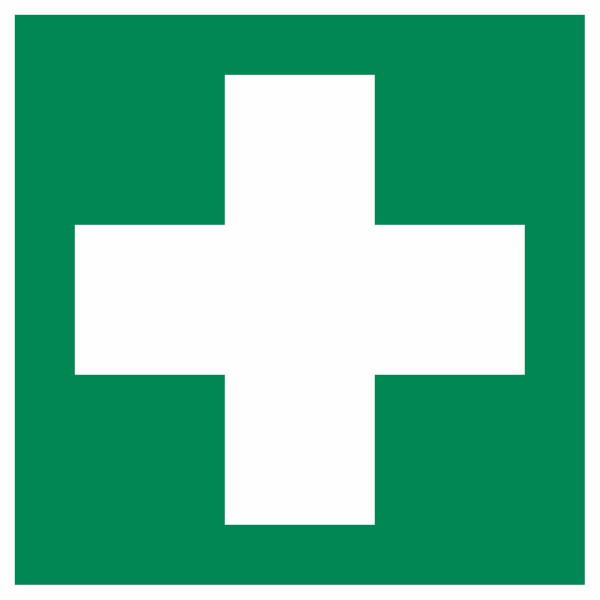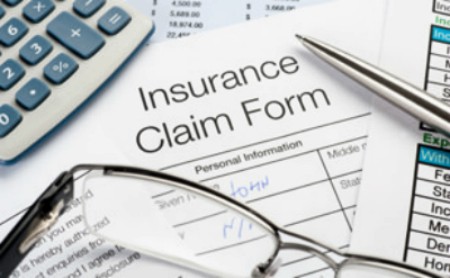We all dread the thought of being in a car crash and try our hardest to avoid them at all costs. However, the unexpected can happen in a blink of an eye; this could either be your fault or someone else’s. Adrenaline can occur regardless of how small or big the crash is; therefore, this can cause shock and suddenly the scene can become a haze.
Immediately after the accident- Stop the car as soon as possible (it's an offence not to do so).
- Turn off the engine and switch your hazard lights on.
- Check for any injuries to yourself or your passengers.
- If it's a minor collision and there are no injuries, make a note of this just in case the other people involved later try to claim for an injury.
- Call the police and an ambulance immediately if anyone is hurt or if the road is blocked.
- Try to remain as calm as possible, it’s common human nature to be shaken after an accident, take a few deep breaths and try to take charge of the situation the best you can.
- Don't apologise or admit responsibility for the accident until you're completely aware of what happened – this can protect you from liability if it wasn't your fault.
 Basic First Aid
Basic First AidIf people are hurt and need medical assistance urgently, someone may be required to perform first aid as the first minutes are crucial, as lack of action immediately following an accident could be the difference between life and death.
For further advice and tips on different first-aid procedures, St Johns Ambulance services give in-depth instructions on how you should perform in these circumstances.
Exchanging motoring details
What should you take note of at the scene?
- Share your name and address with everyone involved if the accident caused damage or injury – the law says you must do this.
- Swap insurance information and details with the other driver(s).
- Take down details of any other passengers and witnesses to the accident.
- Try to find out if the other driver is the registered owner of the vehicle, if they are not, find out who the owner is and get that information too (for instance it might be a company car).
What should you take note of at the scene?
- The make, model, colour, and number plate of the vehicles involved in the accident or take pictures of them.
- The time and date of the crash.
- The driving conditions, including the weather, lighting, and road quality (such as road markings, whether it’s wet or muddy, repair of the road surface).
- What sort of damage was caused to the vehicles and where – nearside front wing and door (nearside is the left side of your car, offside is the driver’s side).
- Any injuries to drivers, passengers, or pedestrians.
- The names and contact details of any witnesses.
- Use your phone to take pictures of the scene, the positions of the cars involved, and damage to the cars.
 Making a claim to your insurance provider
Making a claim to your insurance providerAs soon as possible, you need to get in contact with your insurance provider (ideally at the time of the accident). They will ask you numerous questions like:
- Your policy number or information to identify you, such as your postcode and car registration number.
- The registration number of the cars involved.
- The driver's name, address and phone number.
- The driver's insurance details if you have them.
To conclude, keep your distance with the car in front of you in case they were to break suddenly or their driving behaviour seemed odd and stay vigilant on the roads.
For more CarCliq guides click here
For more CarCliq guides click here